South Kensington: How the zeal of Prince Albert and the Victorians transformed one of London's greatest areas
On the 160th anniversary of Prince Albert’s death, Carla Passino takes a look back at the area of London he famously helped forge and champion.
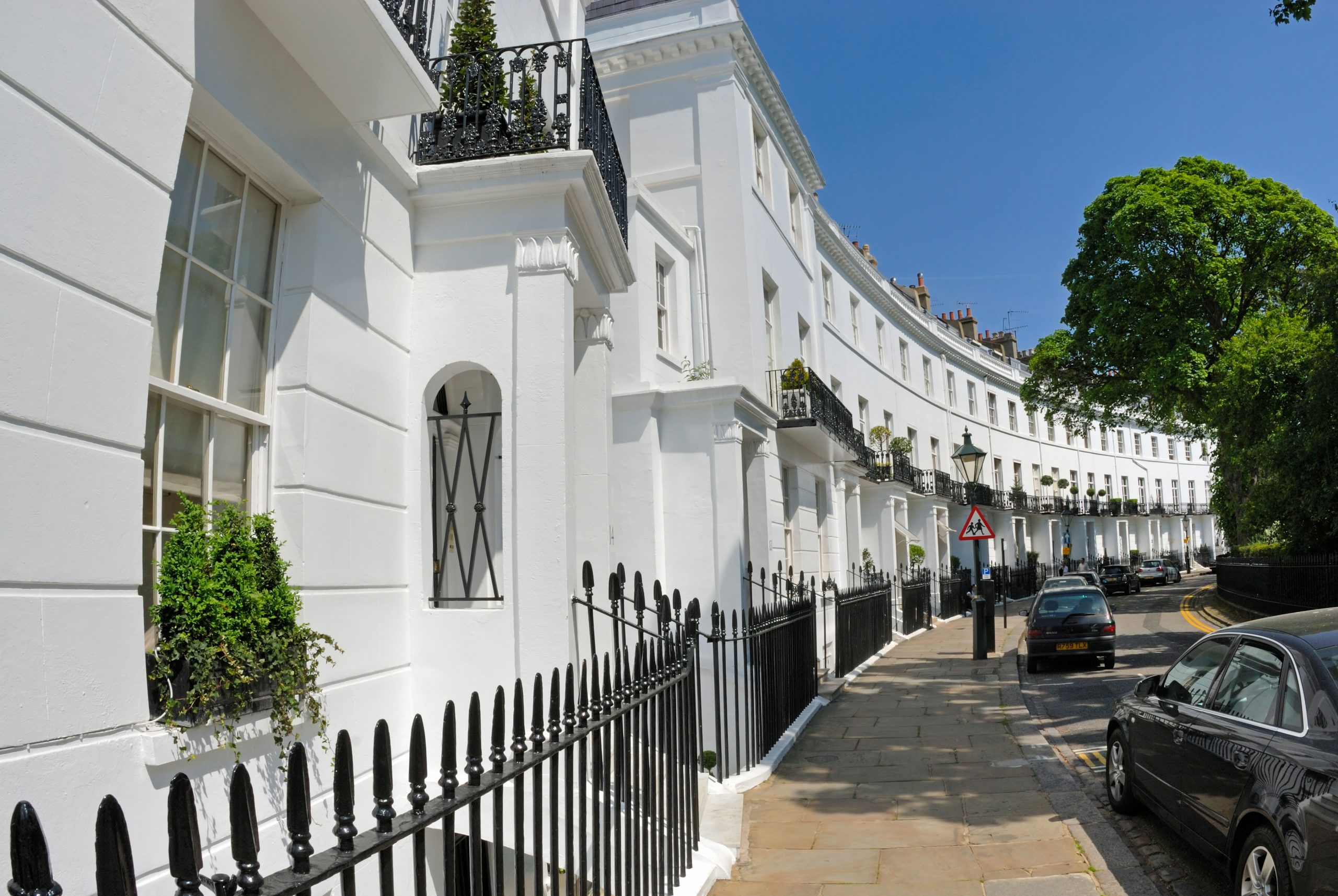

South Kensington defies geography. No amount of fiddling with compass and northings can explain why stately Queen’s Gate or the museum-lined expanse of Exhibition Road are labelled as South, yet Young Street, at the same latitude, is bundled with the rest of Kensington. But if the geography is muddled, the identity of this stuccoed slice of London is clear: this is where the Victorians made their mark.
Of course, a village stood here long before Victoria’s Coronation; indeed, more than one — the hamlets of Brompton, clustered around today’s Old Brompton Road, and Little Chelsea, now the handful of streets between Thistle Grove and Redcliffe Gardens. But neither was populous, so nurseries and market gardens took up most of the land.
It’s here that Baroque master George London opened his Brompton Park Nursery in 1689, after having ‘assisted at the Revolution in carrying the then Princess Anne to Nottingham, from the fury of the Papists’, and here that, 100 years later, Quaker apothecary William Curtis moved his botanic garden, after lamenting that ‘the smoke of London... constantly enveloped [his] plants’.
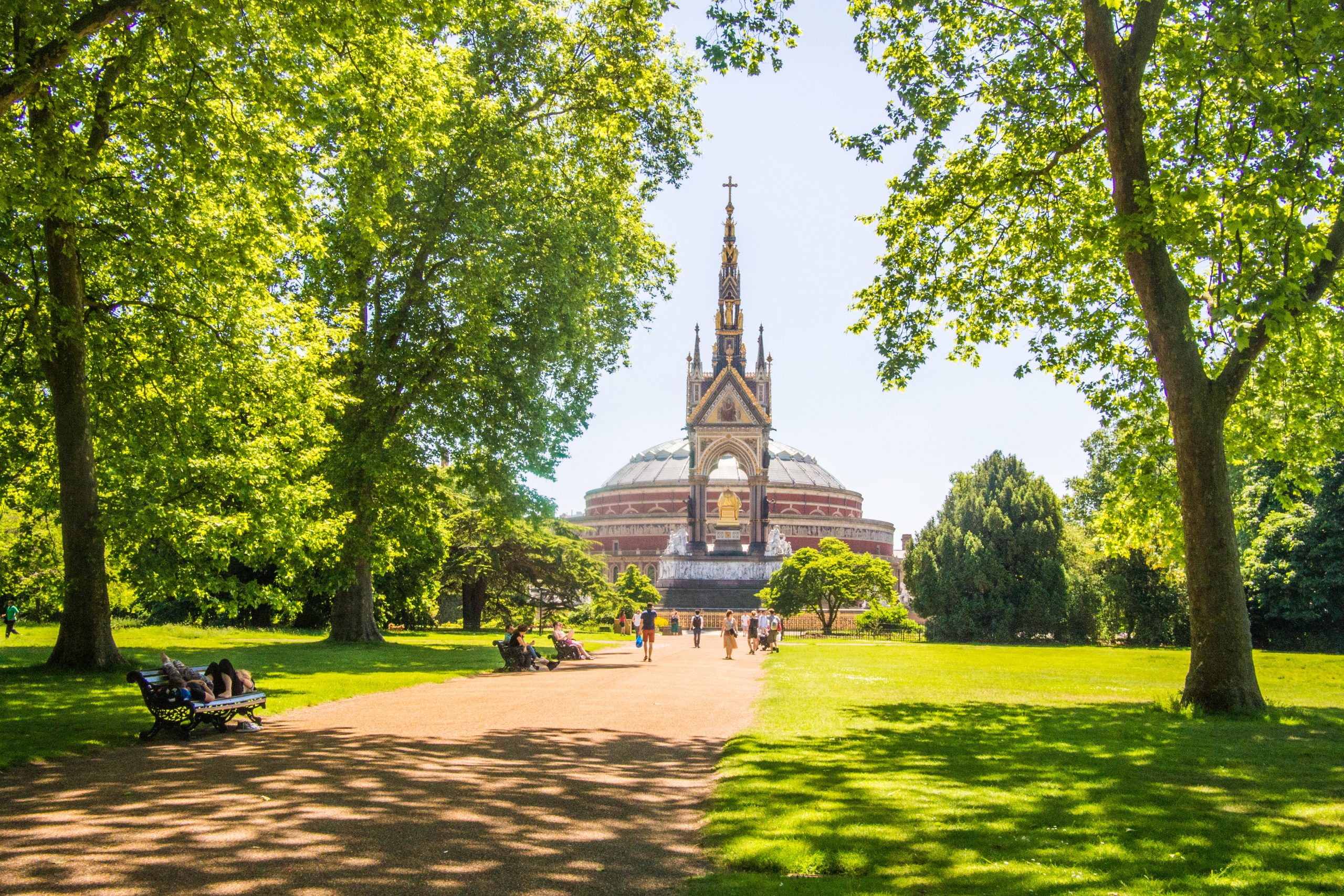
In the 19th century, however, trees and shrubs were increasingly replaced by streets, houses — and even hospitals. A beacon to Victorian charitable spirit, the Royal Brompton Hospital owes its existence to the determination of solicitor Philip Rose, who campaigned tirelessly for it after one of his clerks caught tuberculosis and was denied admission everywhere else in London.
Opened in 1846, after Victoria herself sponsored a fundraising event, the hospital remains a specialist in lung disease, although it’s long moved to nearby Chelsea. The original South Kensington building is now a luxury development, soaring red and turreted above Fulham Road and still catching the eye 175 years after being built.
It’s at the time that the Victorian zest for development really changed South Kensington, peppering it with pretty brick terraces and larger stucco-fronted houses. A mark of the area’s growth was the consecration, on October 22, 1850, of the Church of St Mary, in almond-shaped The Boltons, which became the first parish outside the older (and uglier) Holy Trinity Brompton.
"This stuccoed slice of London is where the Victorians made their mark"
The building, by architect George Godwin, raised eyebrows for its interior arrangement (sadly, long since changed), with The Ecclesiologist writing: ‘We were, we own, not a little scandalised to see a central block of inferior free seats up the middle of the nave.’
Sign up for the Country Life Newsletter
Exquisite houses, the beauty of Nature, and how to get the most from your life, straight to your inbox.
The area — which now tops the chart of London’s most expensive addresses — also had strong literary connections: Beatrix Potter, who lived until 1913 in Bolton Gardens; Agatha Christie, who in the 1920s moved to the impossibly pretty 22, Cresswell Gardens, which might have inspired her to write Murder in the Mews; Dame Paddy Ridsdale, Ian Fleming’s secretary during the Second World War and the likely inspiration for Miss Moneypenny.
Another luminary, Carlo Marochetti, lived further east at 32, Onslow Square. The French sculptor, with a penchant for gigantic equestrian statues (his Richard the Lionheart stands in Westminster’s Old Palace Yard), was a favourite of Queen Victoria’s and commissioned to create the main sculpture for the Albert Memorial in Kensington Gardens, but his first attempt was rejected by Sir Giles Gilbert Scott and the French artist died before he had a chance to complete a revision.
John Henry Foley took over the commission and, a mere £130,000 later, the statue was unveiled on March 9, 1876, a gilded, showy tribute to the man who shaped South Kensington in death as much as he did in life. Prince Albert had first put the spotlight on the area with the Great Exhibition and money from that event was used to buy the land that today forms the Exhibition Road’s cultural quarter.
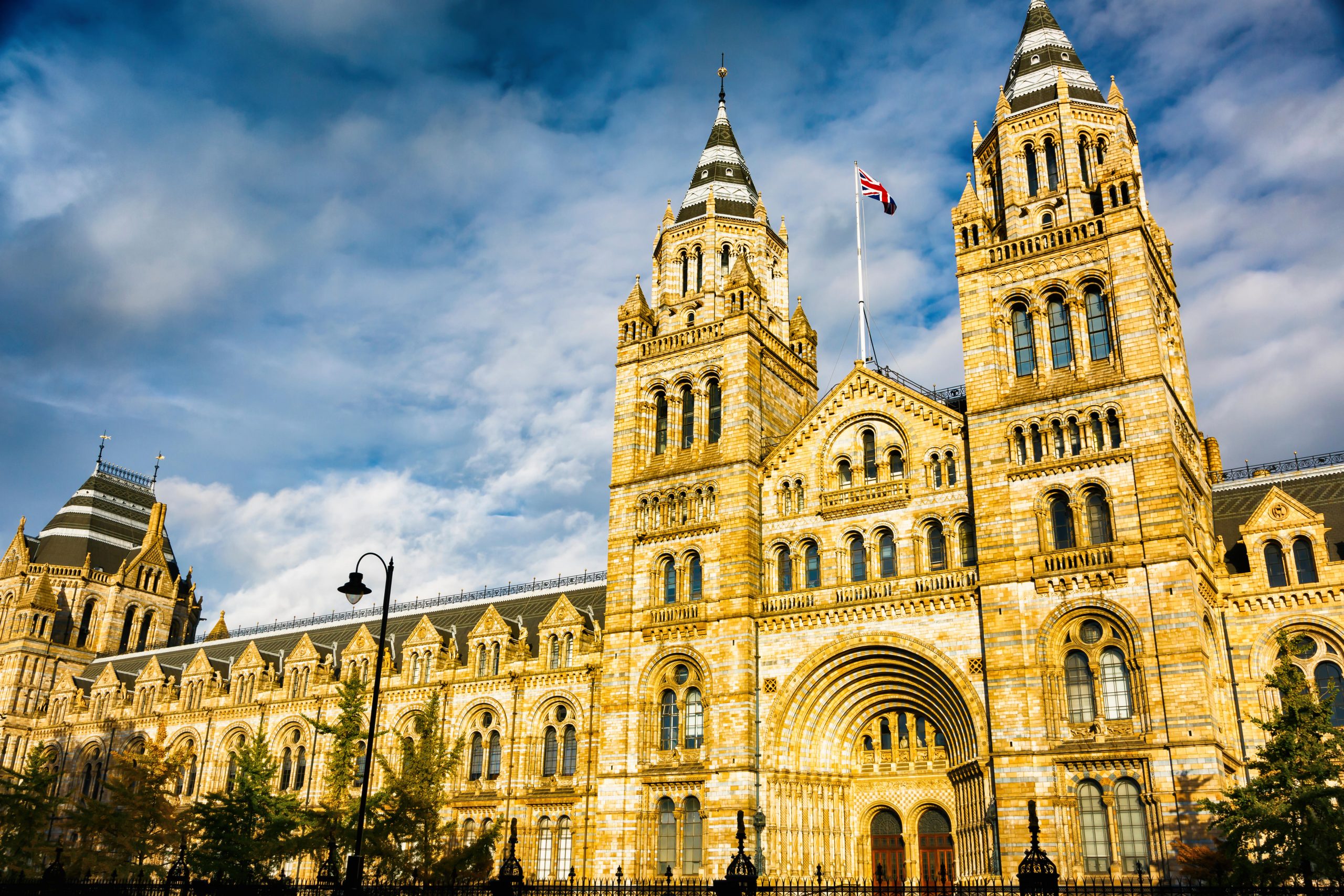
One of the first institutions to open there, in 1857, was the South Kensington Museum, the precursor of both the V&A and the Science Museum.
Almost 25 years later, it was joined by the Natural History Museum, the monumental scale of which, combined with Gothic Revival and Romanesque features, ensured it looked the part of the ‘Cathedral to Nature’ envisaged by the institution’s greatest supporter, Sir Richard Owen.
Originally the natural-history department of the British Museum, it opened to the public in 1881 and was (unusually) free to visitors. ‘Part of the reason for a move was to give far greater access to the public in new galleries, with displays that reflected contemporary scientific understanding,’ explains head of science policy and communication John Jackson.
Albert would have been delighted to see how successful his plan to educate the masses turned out to be, not only thanks to the museums, but also through the central hall he had envisioned as a means to promote technology, science and the Arts: the Royal Albert Hall.
The original aim for the institution, explains archivist Liz Harper, had been to stage everything from opera and concerts to conversations about horticulture, but over time, ‘it surpassed anything they could have imagined: now, there are more events than there are days in the year’. Indoor marathons (in 1909), mass baptisms (in the 1920s and 1930s), séances (not least the one held by Arthur Conan Doyle’s family in 1930) and even sumo wrestling have all been staged at the hall.
"It feels as if there’s a special energy here and everyone is trying to explore the world"
‘The sumo was quite funny: lots of guests turned out in their finest outfits to find the seats were blue cushions surrounding the ring; plus, because of the sheer size [of the competitors], they had to weight-test all the facilities, including the loo seats,’ recalls Miss Harper.
Such a rich history has propelled South Kensington’s culture quarter to fame, but the area still plays a key part in local life: the Natural History Museum’s garden is a quiet place for families to escape, the Science Museum doubles up as indoor playground, the V&A is as valued for afternoon tea as for its collections and the Royal Albert Hall hosts the graduation ceremony for students of Imperial College.
The Exhibition Road institutions also put on an annual festival — one of the many occasions in which they join forces. ‘There’s lots of collaborative work,’ says Miss Harper. ‘It feels as if there’s a special energy here and everyone is trying to explore and understand the world.’ This, 160 years after his death, is perhaps Prince Albert’s greatest legacy — and South Kensington’s greatest charm.
At home in South Kensington
Courtfield Gardens, £3.195 million
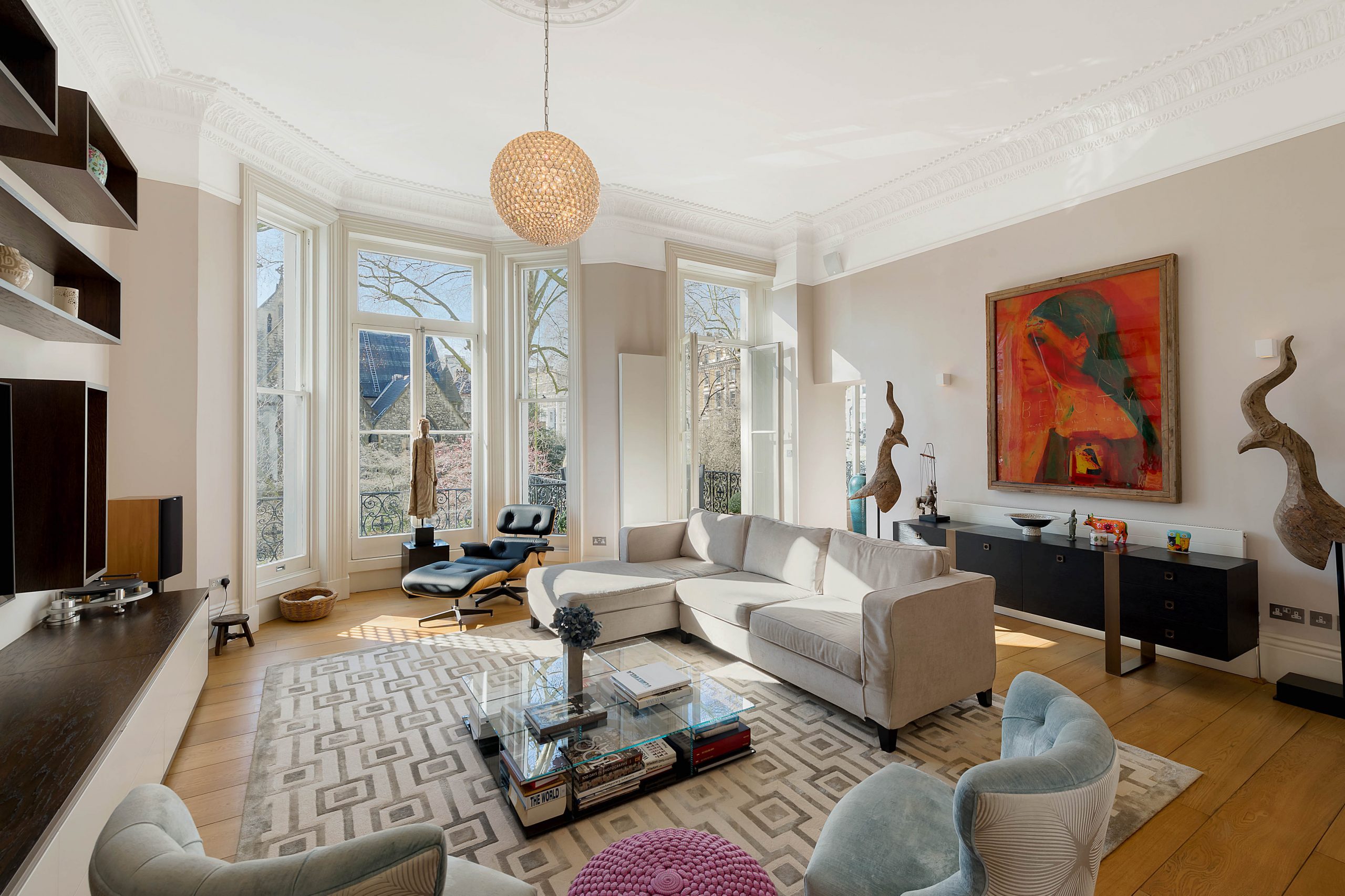
This lateral apartment sits on the first floor of a period building overlooking a private garden square (to which the new owners will gain access). It has a large living room and a magnificent kitchen and dining area, complete with panoramic balconies. Two double bedrooms occupy the rear of the property, which spans 1,574sq ft. Winkworth
Queen’s Gate, £3.95 million
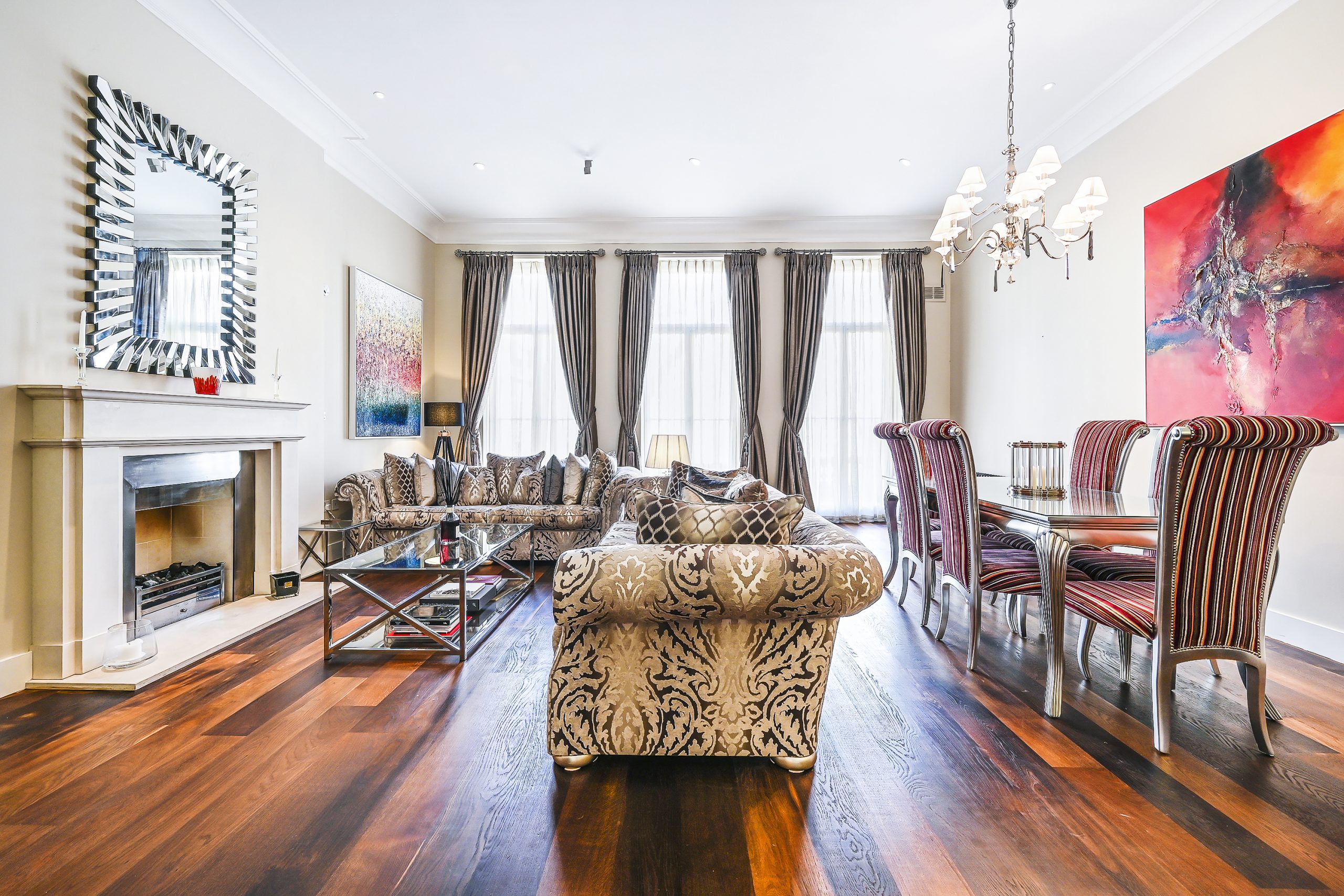
Set on the first and second floor of an imposing building, this pristine 1,949sq ft apartment has four bedrooms (three of which are on the second floor, including an especially large one), a contemporary kitchen with Gaggenau appliances and an impressive reception room with an 11ft 9in ceiling and full-height French windows that open onto a pretty balcony. Chestertons
Roland Gardens, £2.6 million
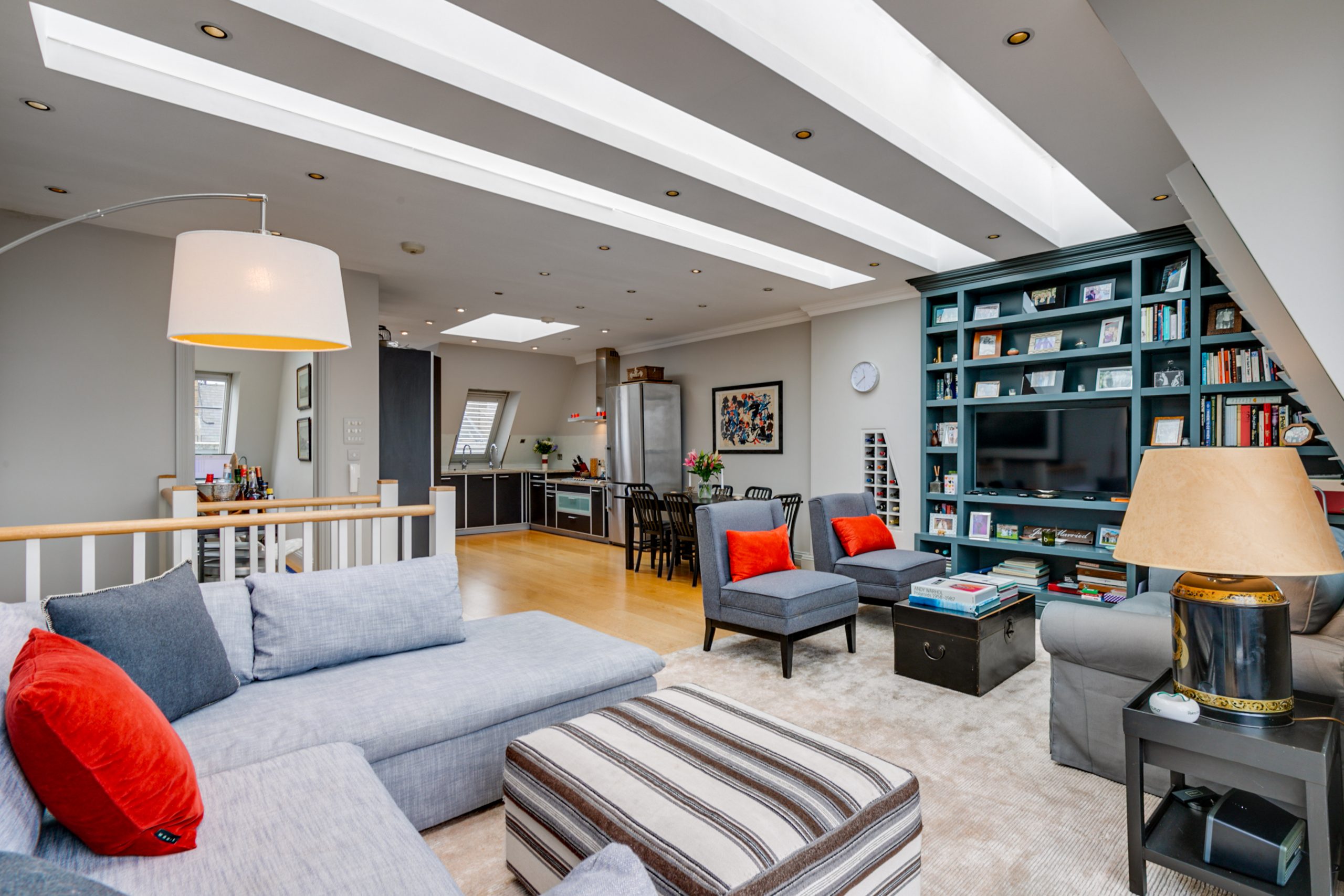
Spanning the top two floors of a period building, this 1,504sq ft apartment has three bedrooms on the third floor (one opening onto a delightful private balcony) and a vast open-plan kitchen and living room upstairs, plus a study that could double up as fourth bedroom. There’s also a south-west-facing terrace that looks out across the rooftops. Marsh & Parsons
Little black book
The Anglesea Arms Perfect for people watching, according to Henry Synge of Winkworth (15, Selwood Terrace, SW7) A favourite of Chestertons’ Jack Osmond, this Spanish restaurant is a local institution (163, Old Brompton Road, SW5) www.angleseaarms.com Cambio de Tercio A favourite of Chestertons’ Jack Osmond, this Spanish restaurant is a local institution (163, Old Brompton Road, SW5) www.cambiodetercio.co.uk The Science Museum’s shop The place to source gifts for curious children (Exhibition Road, SW7) shop.sciencemuseum.org.uk Maitre Choux This patisserie’s éclairs rival France’s best (15, Harrington Road, SW7) www.maitrechoux.com Macellaio Edward Bensted of Marsh & Parsons loves this butcher’s ‘rustic, gargantuan steaks’ (84, Old Brompton Road, SW7) www.macellaiorc.com
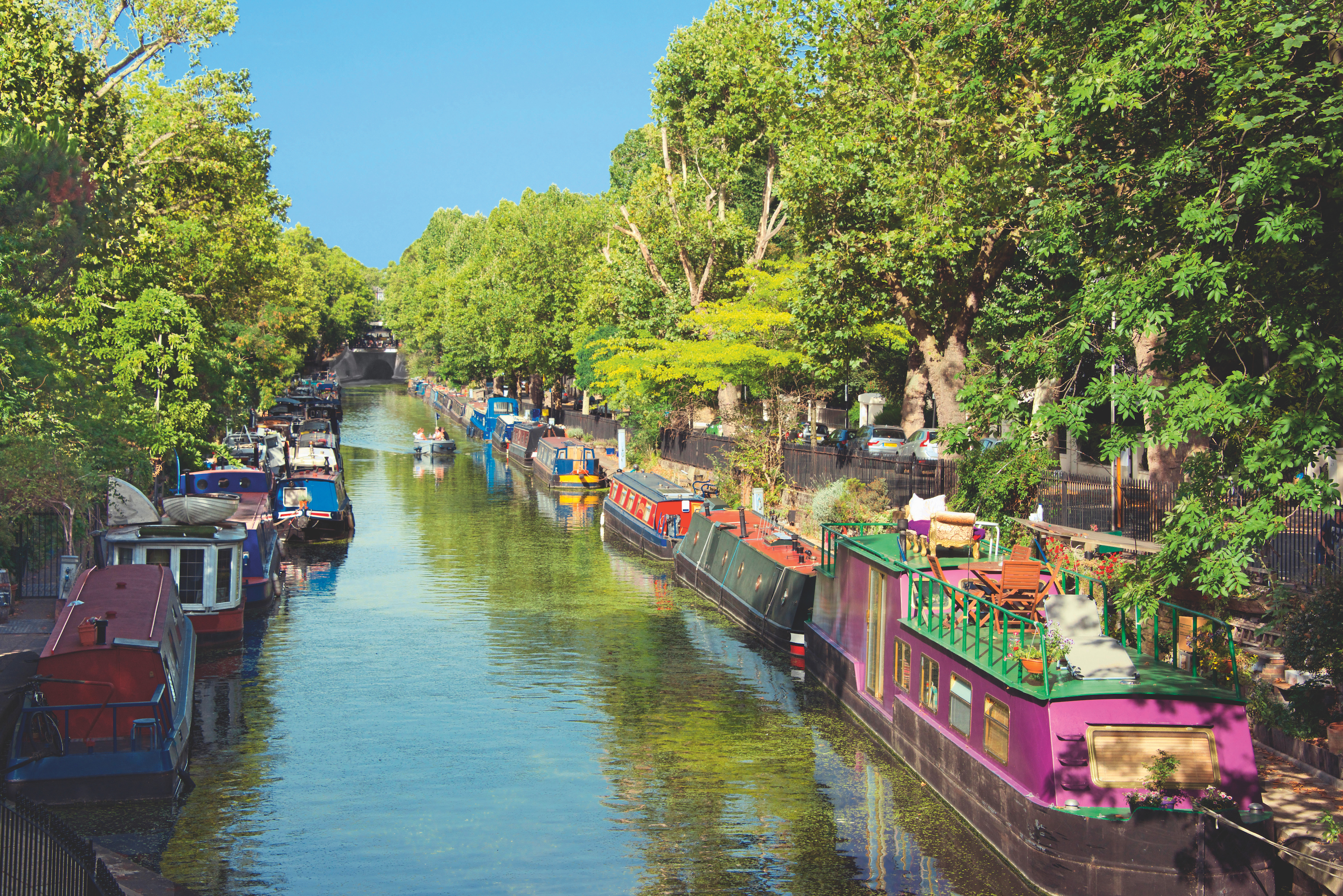
How Maida Vale turned from boudoir village to one of London's most vibrant neighbourhoods
Maida Vale took its name from a small Italian town and an even smaller pub, so it’s the perfect place
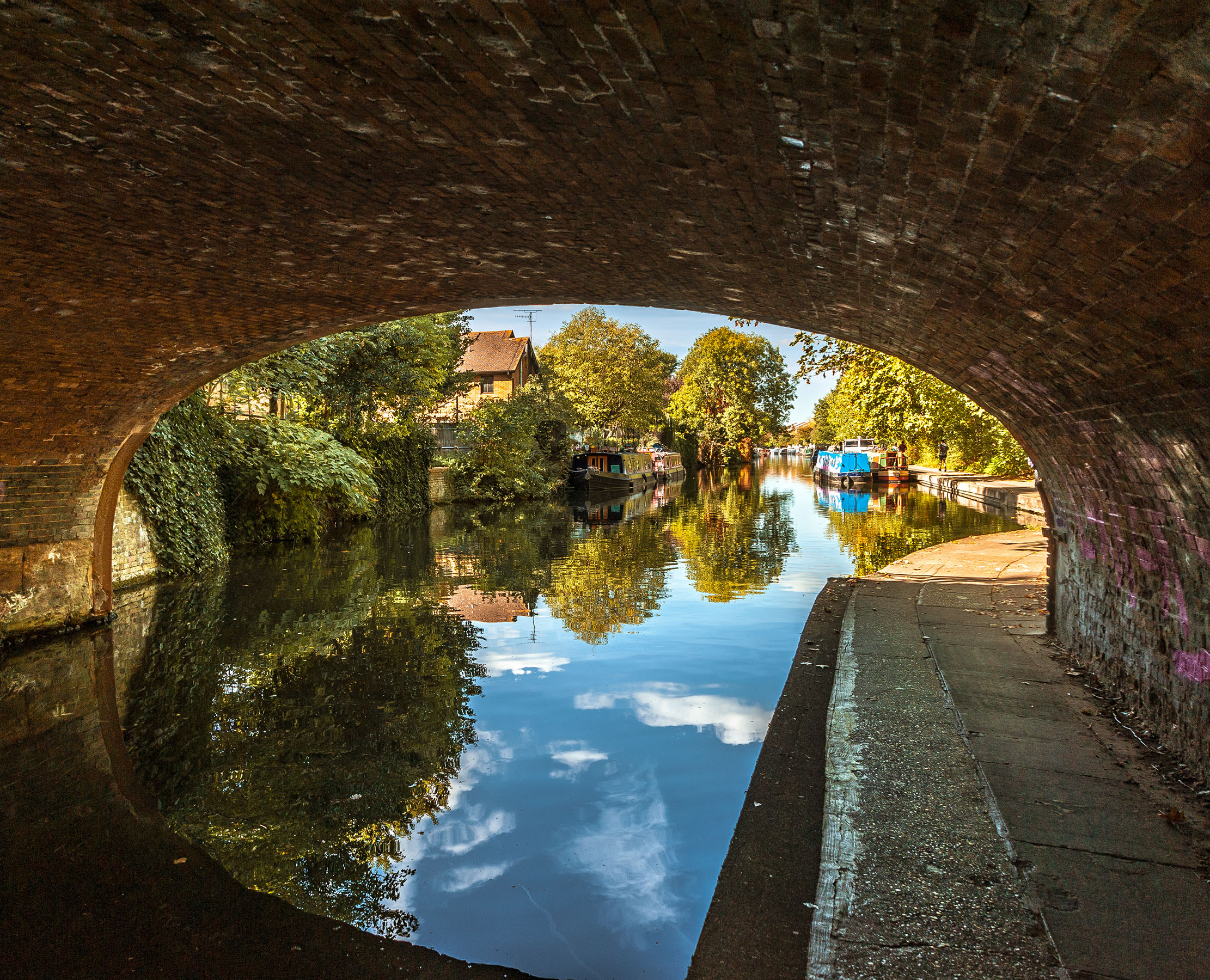
Hackney's journey from bucolic open space to one of London's great melting pots: 'It's the friendliest place I know in London'
Over the centuries Hackney has morphed from a land of gardens and streams to a vibrant, artsy and welcoming community,
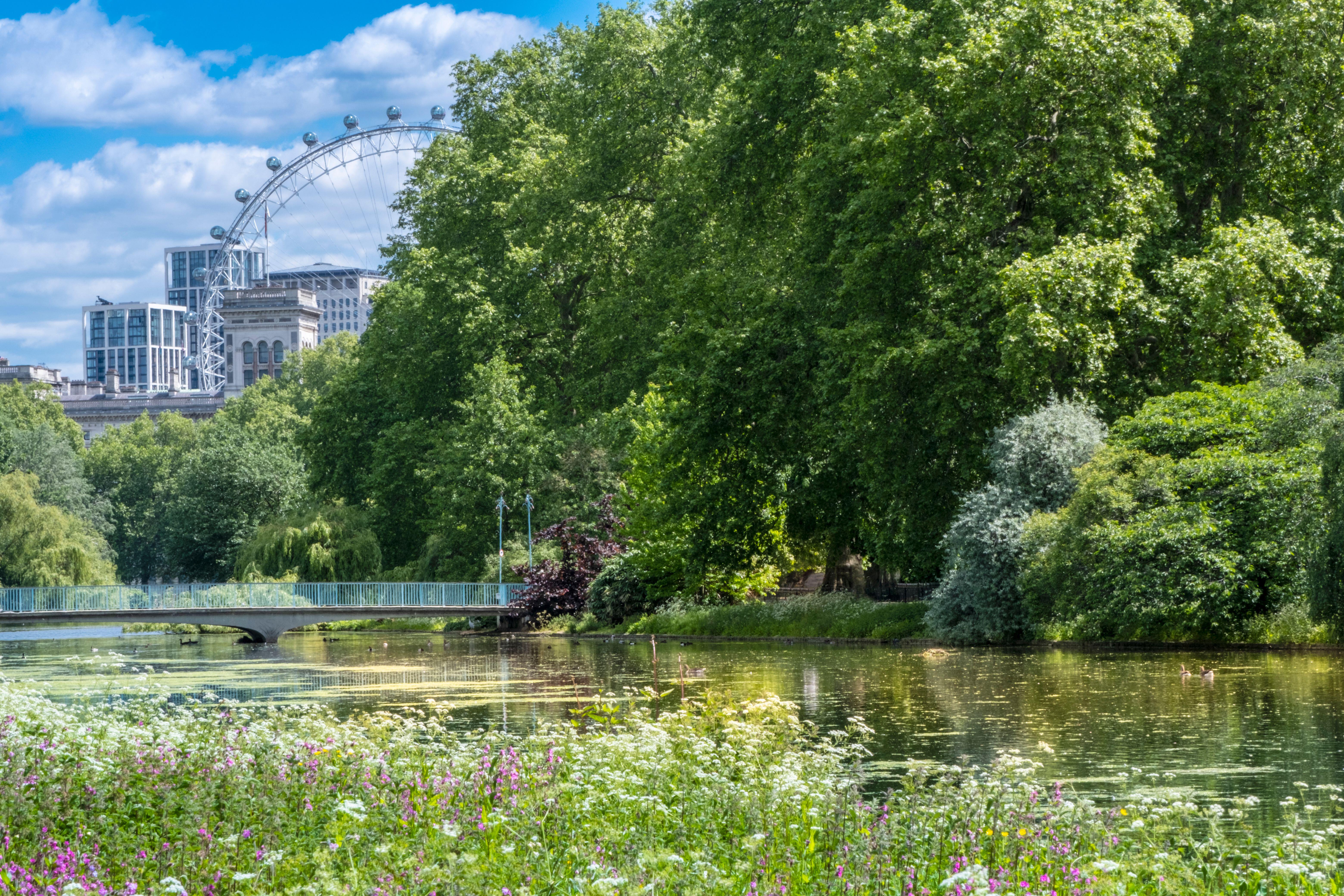
Property in the country still soaring as London lags behind, but are cities fighting back?
The big story in the property markets over the past year has been the shift from city to country. Will
Carla must be the only Italian that finds the English weather more congenial than her native country’s sunshine. An antique herself, she became Country Life’s Arts & Antiques editor in 2023 having previously covered, as a freelance journalist, heritage, conservation, history and property stories, for which she won a couple of awards. Her musical taste has never evolved past Puccini and she spends most of her time immersed in any century before the 20th.
-
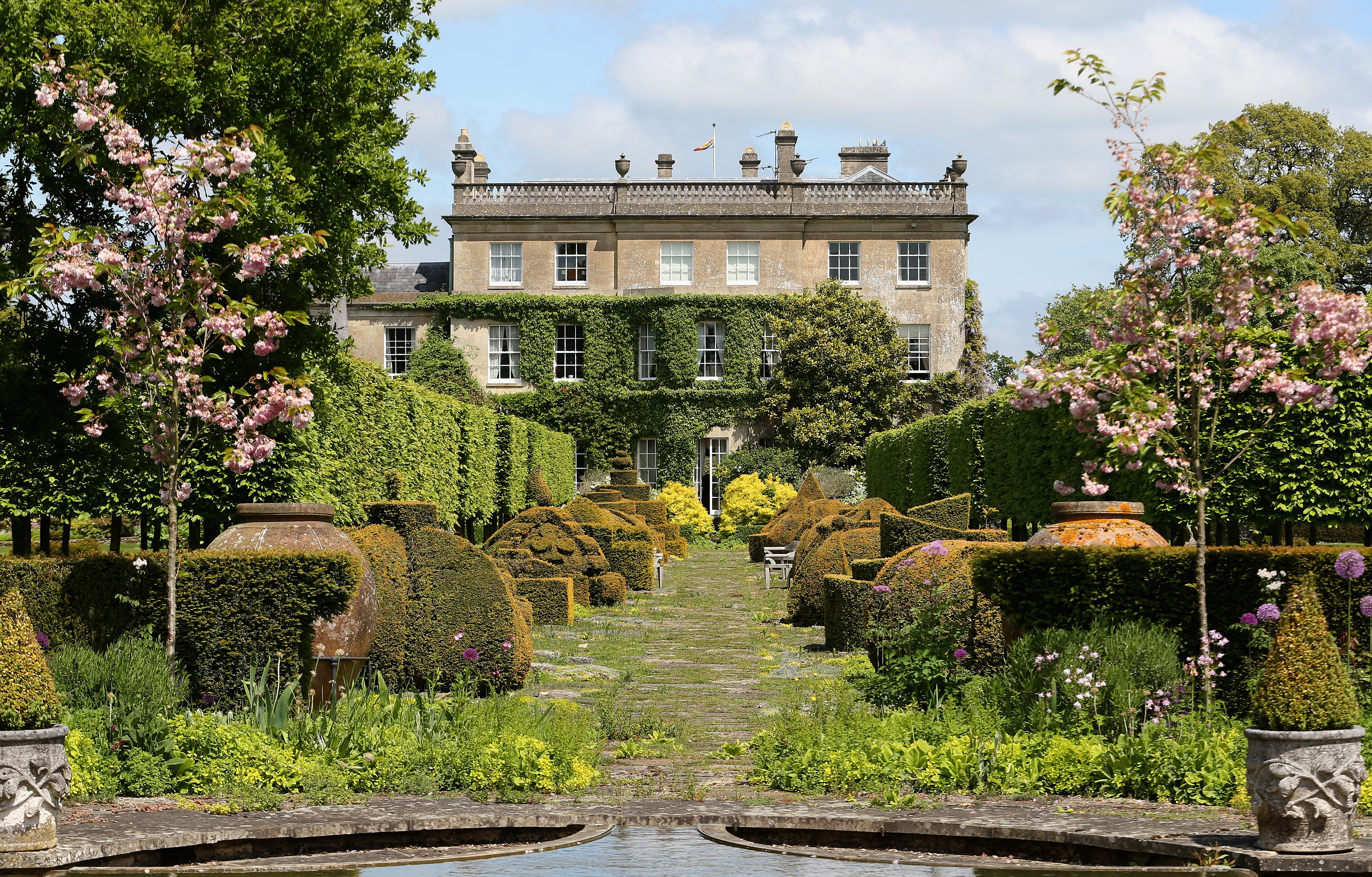 Sanderson's new collection is inspired by The King's pride and joy — his Gloucestershire garden
Sanderson's new collection is inspired by The King's pride and joy — his Gloucestershire gardenDesigners from Sanderson have immersed themselves in The King's garden at Highgrove to create a new collection of fabric and wallpaper which celebrates his long-standing dedication to Nature and biodiversity.
By Arabella Youens Published
-
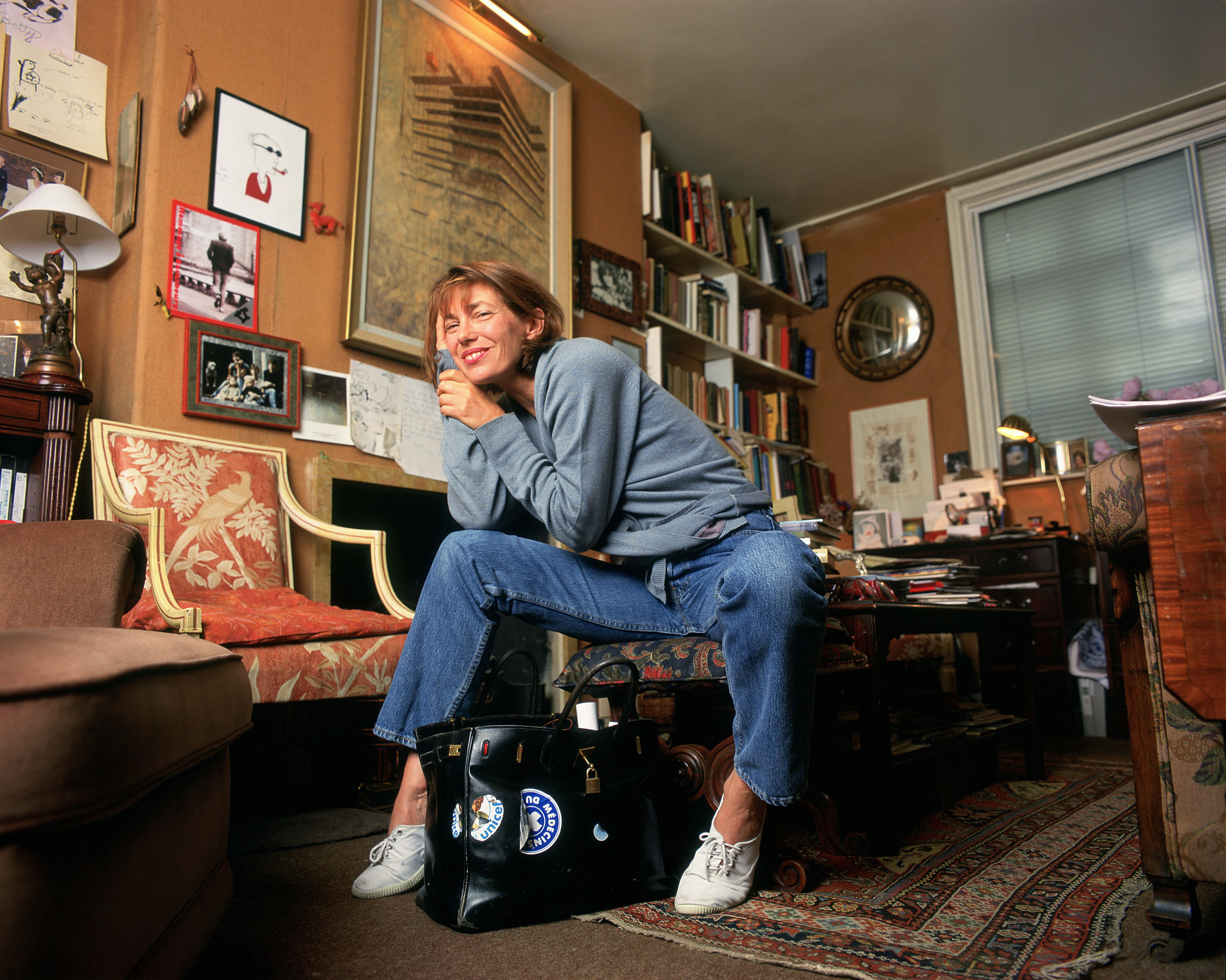 The coveted Hermès Birkin bag is a safer investment than gold — and several rare editions are being auctioned off by Christie’s
The coveted Hermès Birkin bag is a safer investment than gold — and several rare editions are being auctioned off by Christie’sThere are only 200,000 Birkin bags in circulation which has helped push prices of second-hand ones up.
By Lotte Brundle Published
-
 A mini estate in Kent that's so lovely it once featured in Simon Schama's 'History of Britain'
A mini estate in Kent that's so lovely it once featured in Simon Schama's 'History of Britain'The Paper Mill estate is a picture-postcard in the Garden of England.
By Penny Churchill Published
-
 Hidden excellence in a £7.5 million north London home
Hidden excellence in a £7.5 million north London homeBehind the traditional façades of Provost Road, you will find something very special.
By James Fisher Published
-
 Sip tea and laugh at your neighbours in this seaside Norfolk home with a watchtower
Sip tea and laugh at your neighbours in this seaside Norfolk home with a watchtowerOn Cliff Hill in Gorleston, one home is taller than all the others. It could be yours.
By James Fisher Published
-
 A Grecian masterpiece that might be one of the nation's finest homes comes up for sale in Kent
A Grecian masterpiece that might be one of the nation's finest homes comes up for sale in KentGrade I-listed Holwood House sits in 40 acres of private parkland just 15 miles from central London. It is spectacular.
By Penny Churchill Published
-
 Some of the finest landscapes in the North of England with a 12-bedroom home attached
Some of the finest landscapes in the North of England with a 12-bedroom home attachedUpper House in Derbyshire shows why the Kinder landscape was worth fighting for.
By James Fisher Published
-
 Could Gruber's Antiques from Paddington 2 be your new Notting Hill home?
Could Gruber's Antiques from Paddington 2 be your new Notting Hill home?It was the home of Mr Gruber and his antiques in the film, but in the real world, Alice's Antiques could be yours.
By James Fisher Published
-
 What should 1.5 million new homes look like?
What should 1.5 million new homes look like?The King's recent visit to Nansledan with the Prime Minister gives us a clue as to Labour's plans, but what are the benefits of traditional architecture? And can they solve a housing crisis?
By Lucy Denton Published
-
 Welcome to the modern party barn, where disco balls are 'non-negotiable'
Welcome to the modern party barn, where disco balls are 'non-negotiable'A party barn is the ultimate good-time utopia, devoid of the toil of a home gym or the practicalities of a home office. Modern efforts are a world away from the draughty, hay-bales-and-a-hi-fi set-up of yesteryear.
By Madeleine Silver Published
